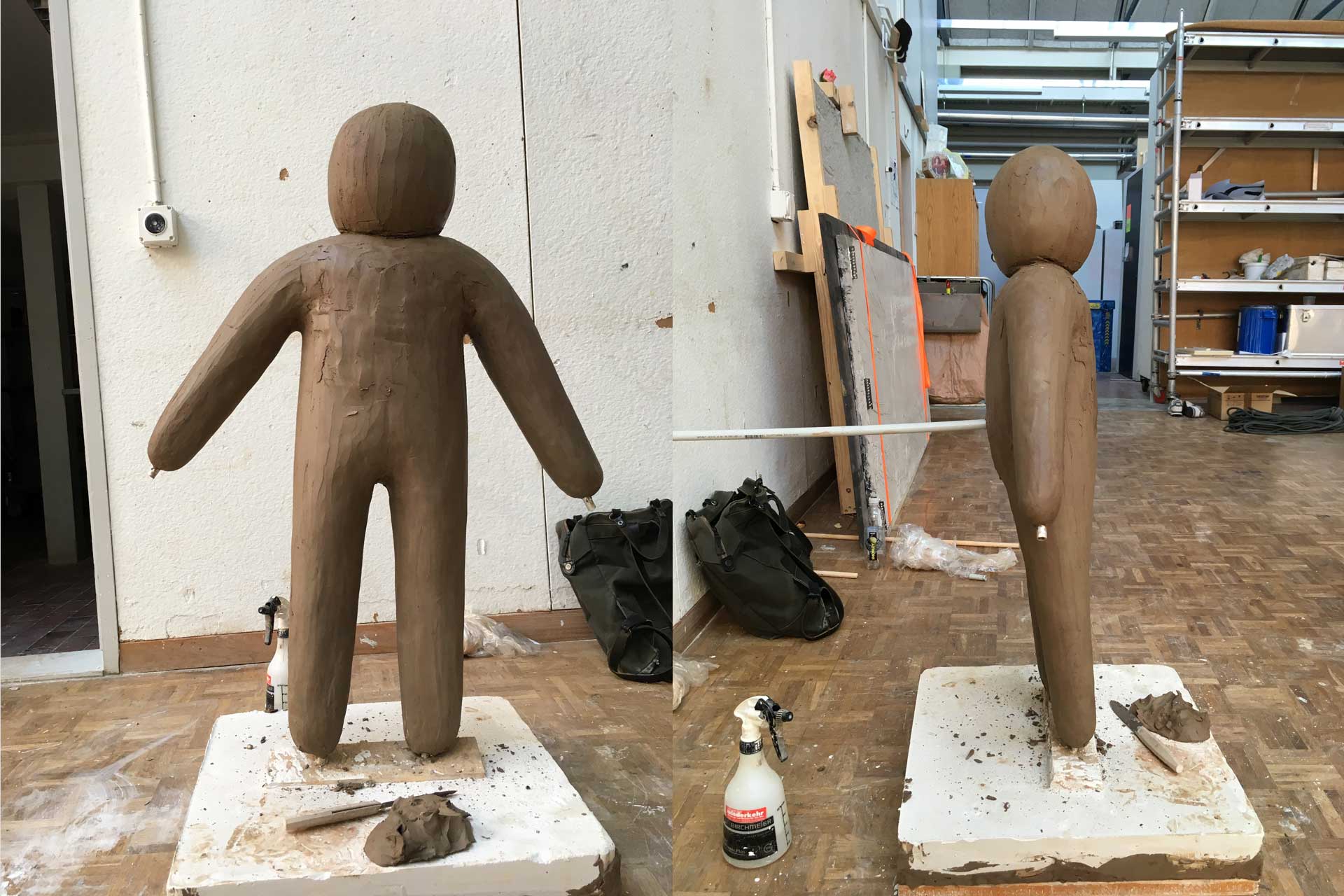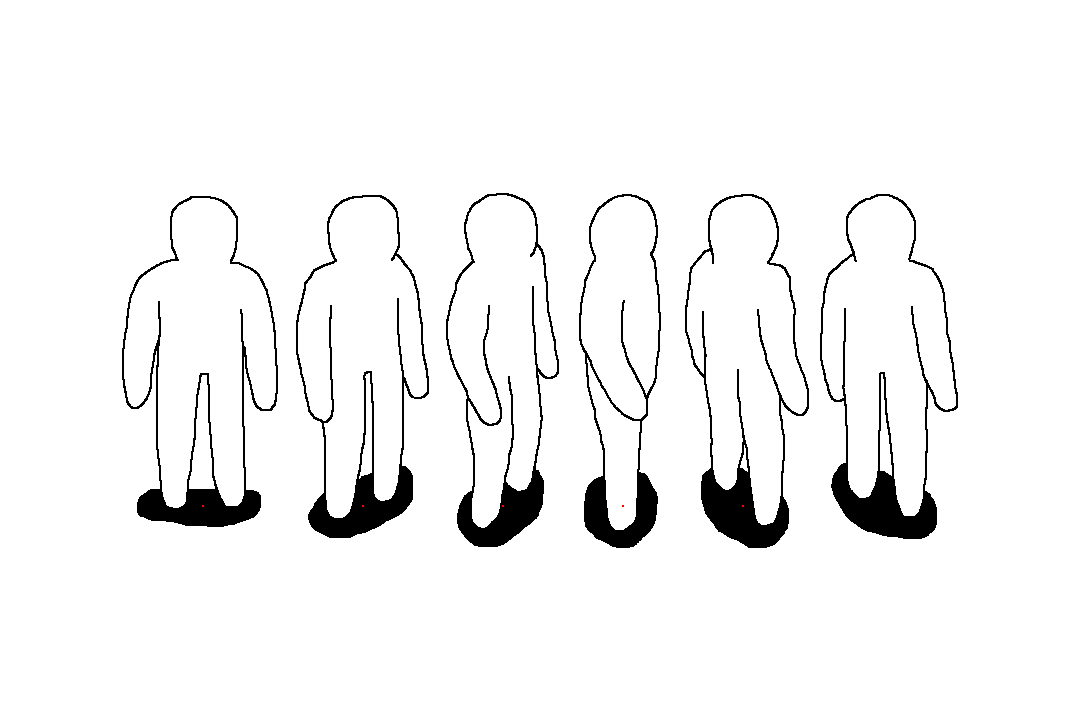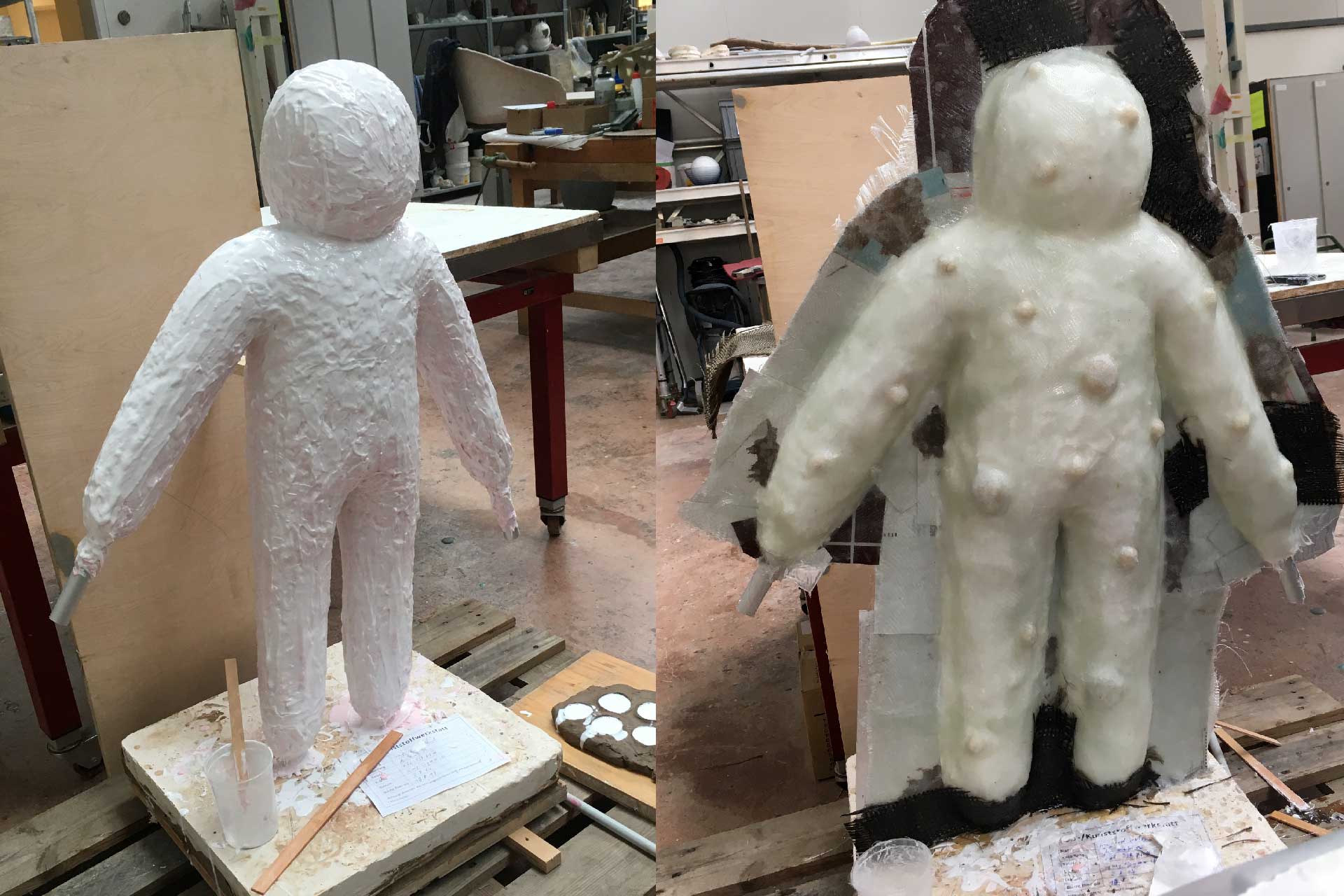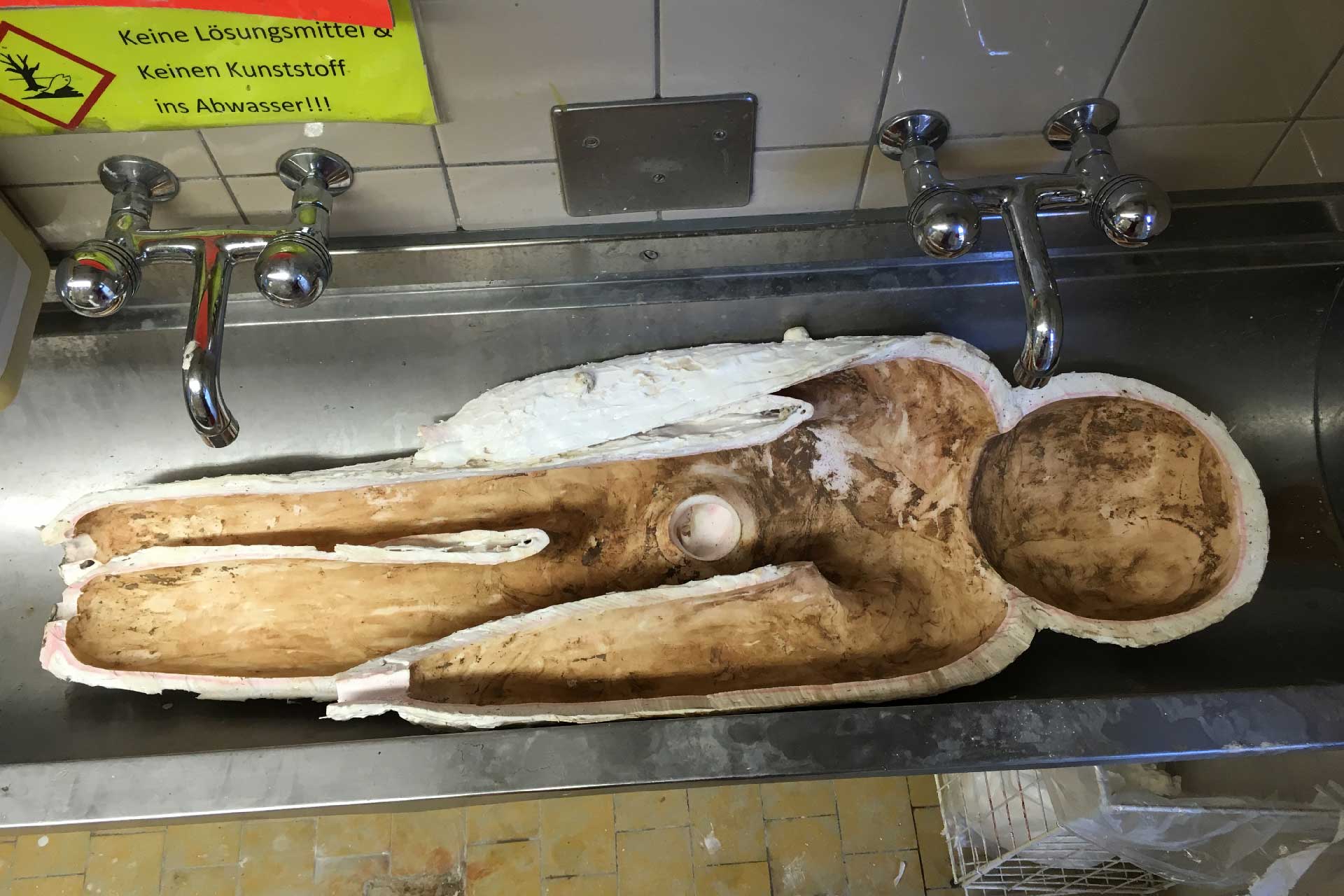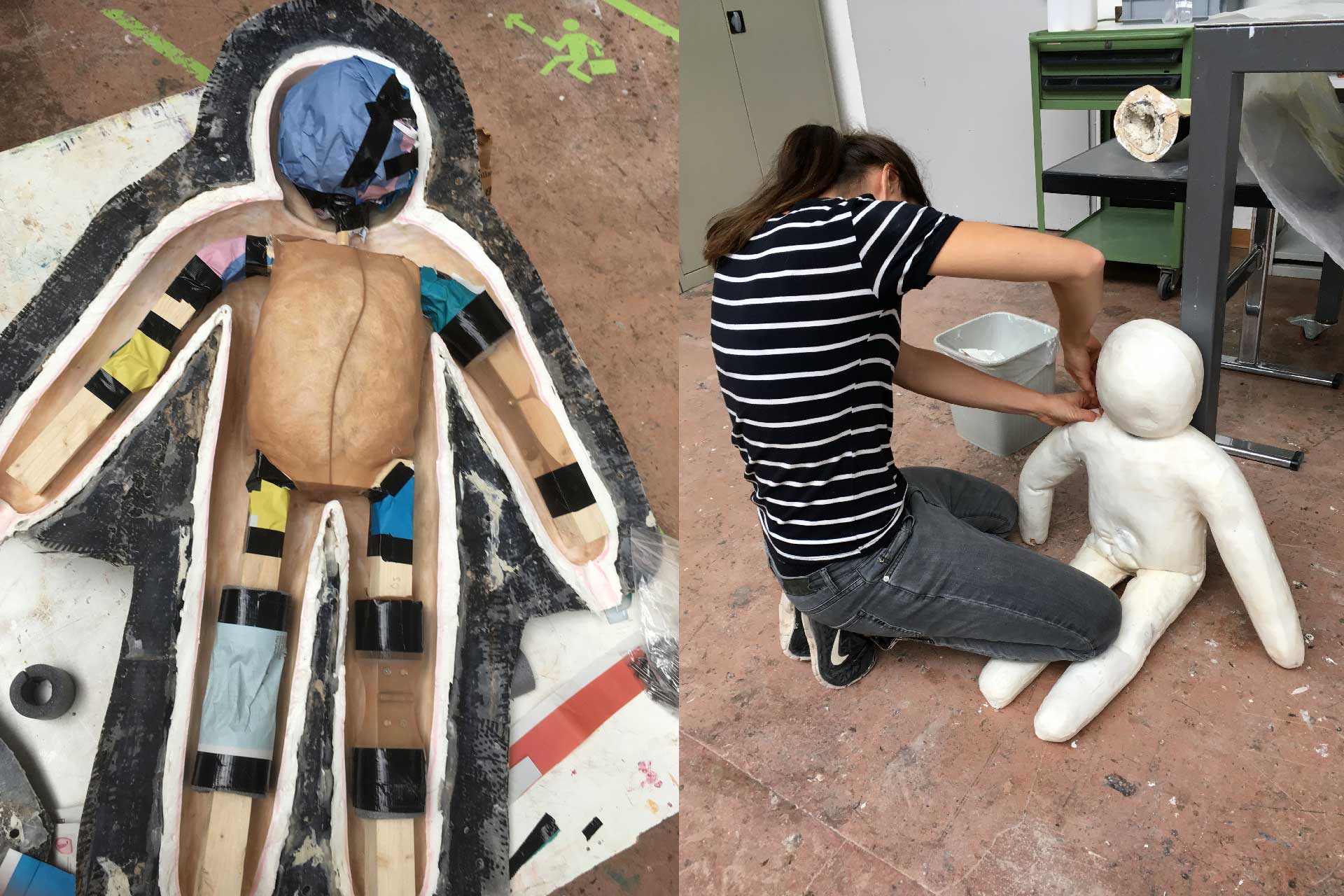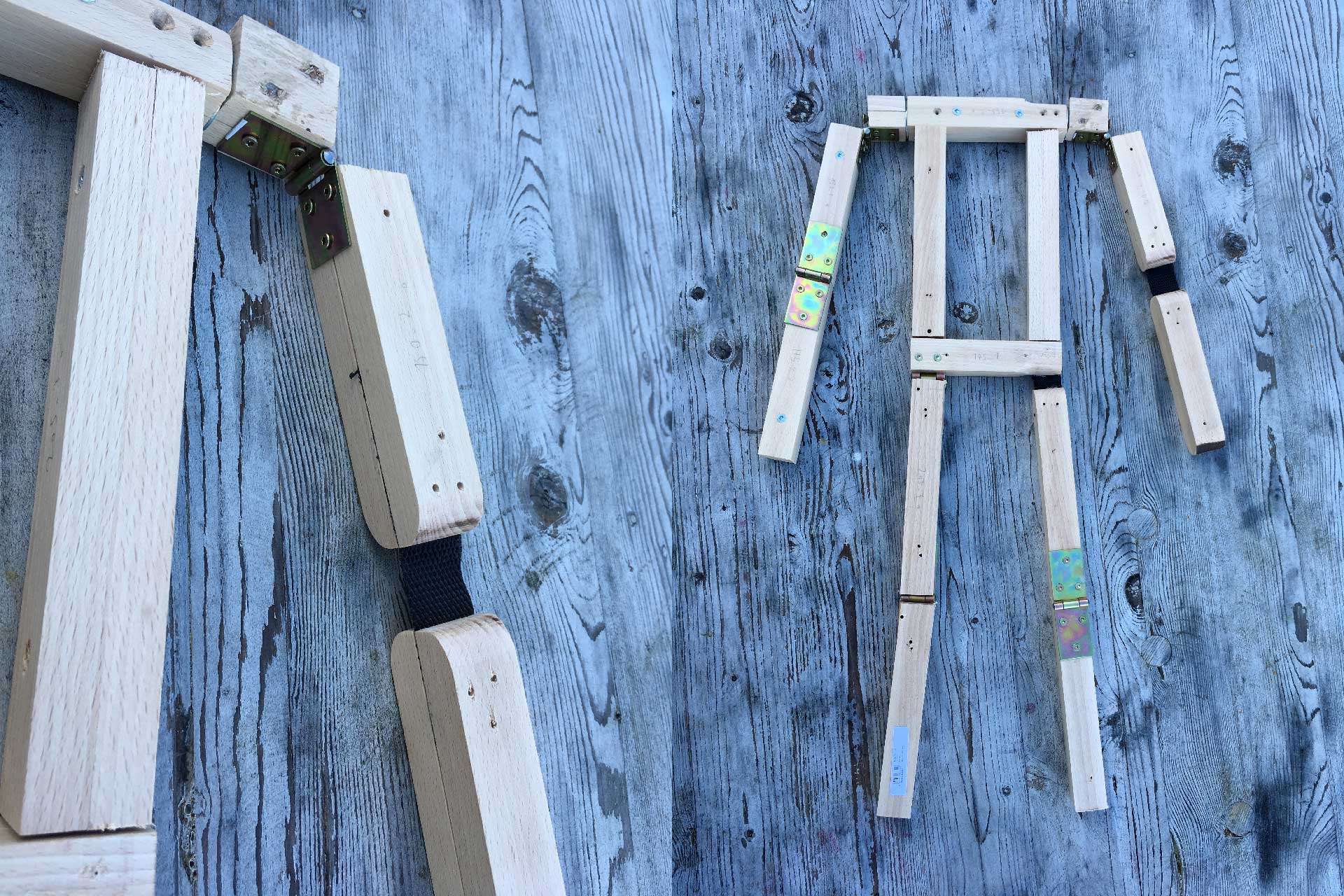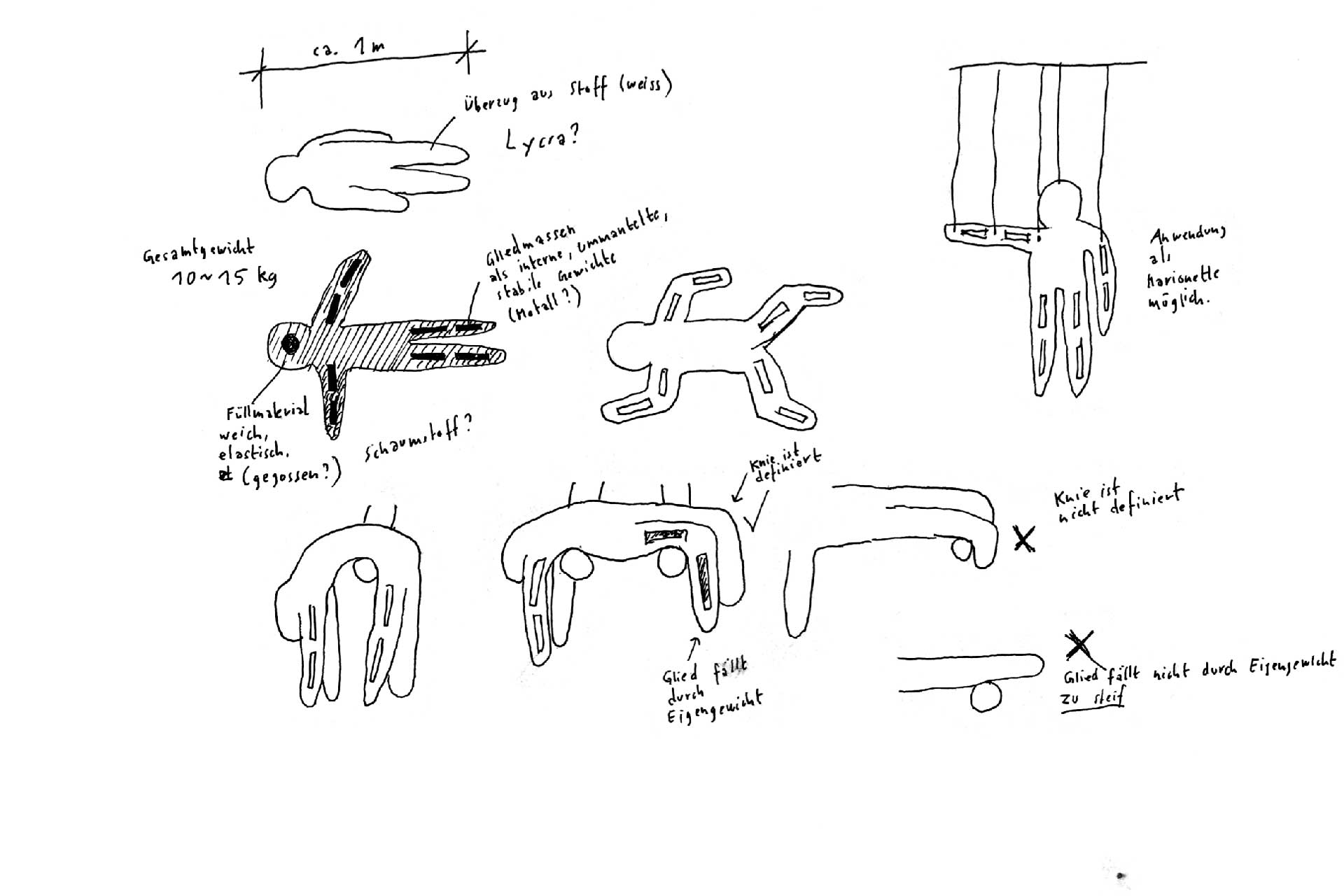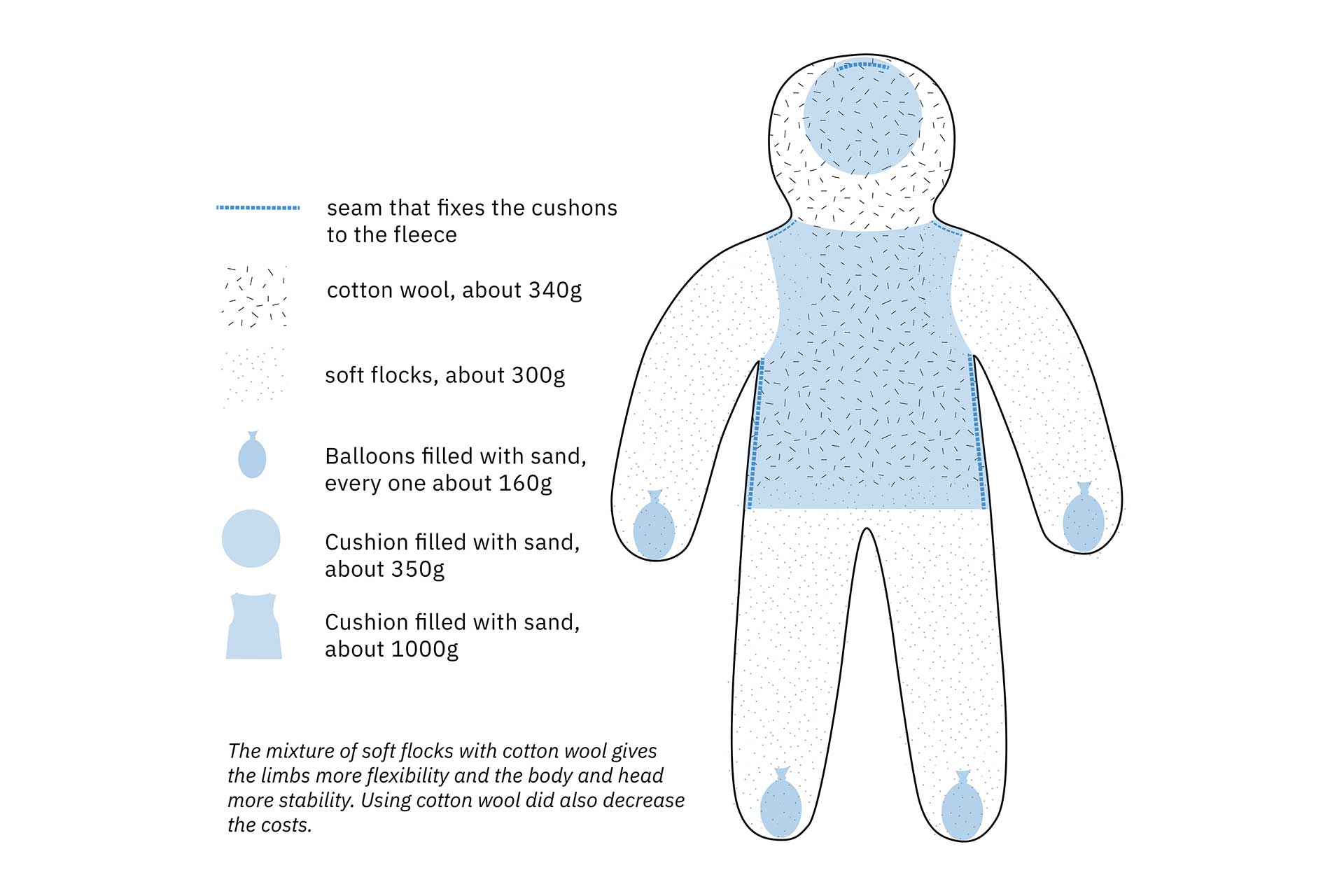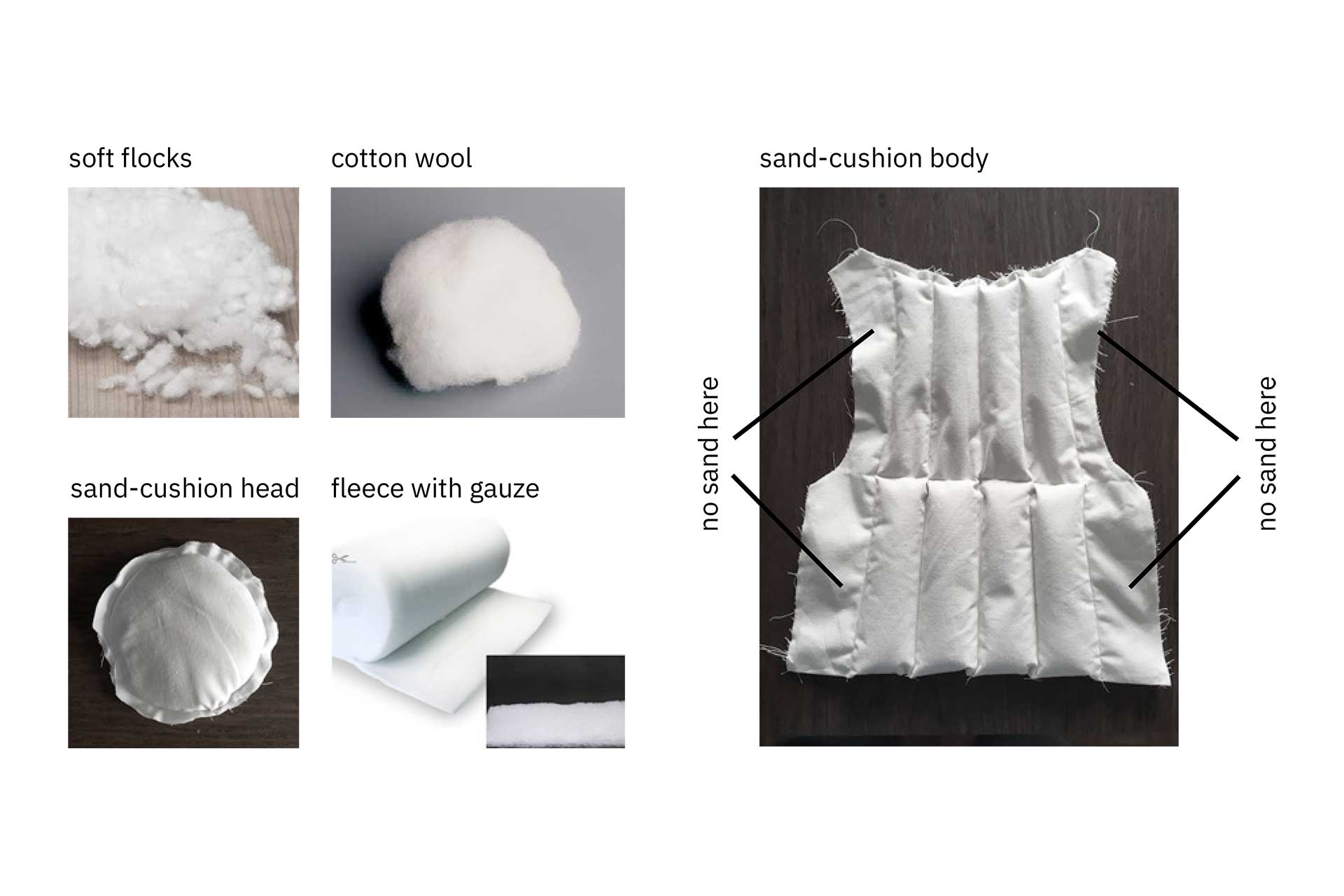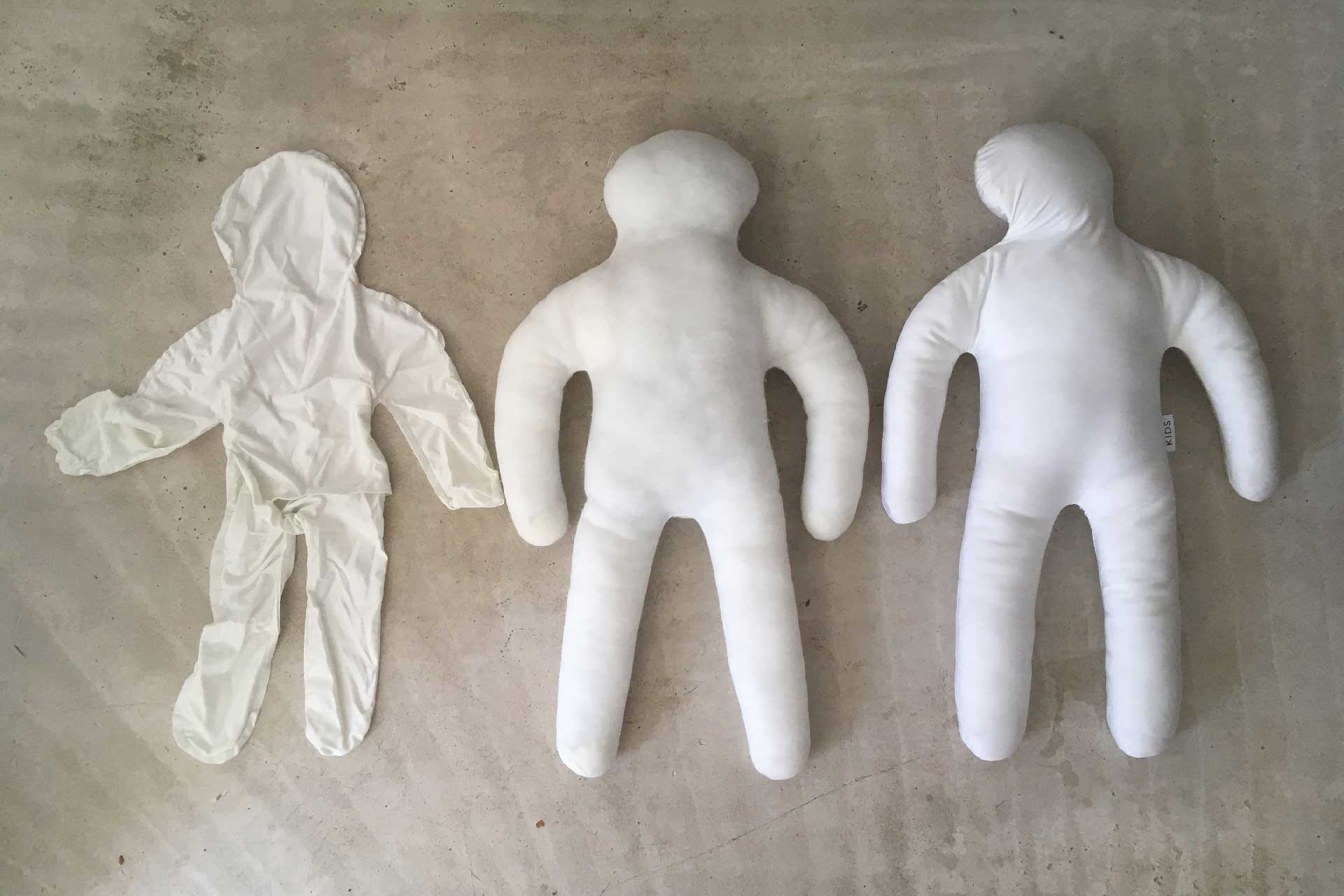KIDS Process
May 28, 2021
KIDS is a project by Michael Frei and Mario von Rickenbach.
This page documents the development of the animated film, game, and installation chronologically.
2017
GDC Teaser 2017
In spring, our team of four flew out to GDC in San Francisco were we showed our premature KIDS pre-alpha. It wasn't very good. We had created many scenes using different interaction methods that we deemed satisfactory. However, we had difficulty finding a way of connecting them in a way that felt right. We especially recall a meeting with a Chinese publisher calling KIDS "too desperate" and in need "for colour and a story". "People don't want to be reminded of reality, they want to escape their reality. You must be very happy to make a game this desperate." At this point we would optimistically state that KIDS would launch in late 2017.
Queueing.
Ideas about a lid/plug to close/open the hole.
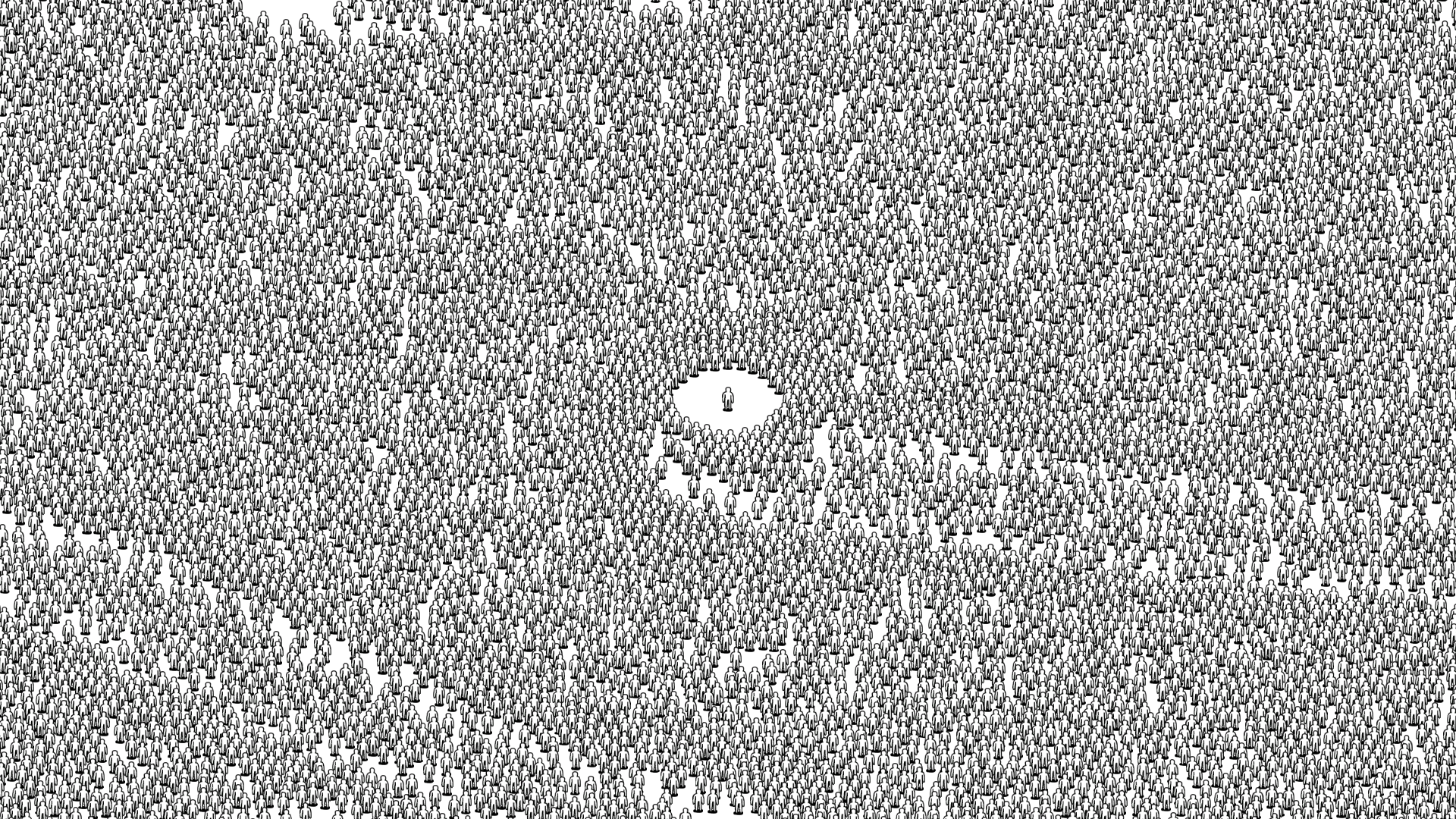
Performance testing.
Testing designs for level selection.
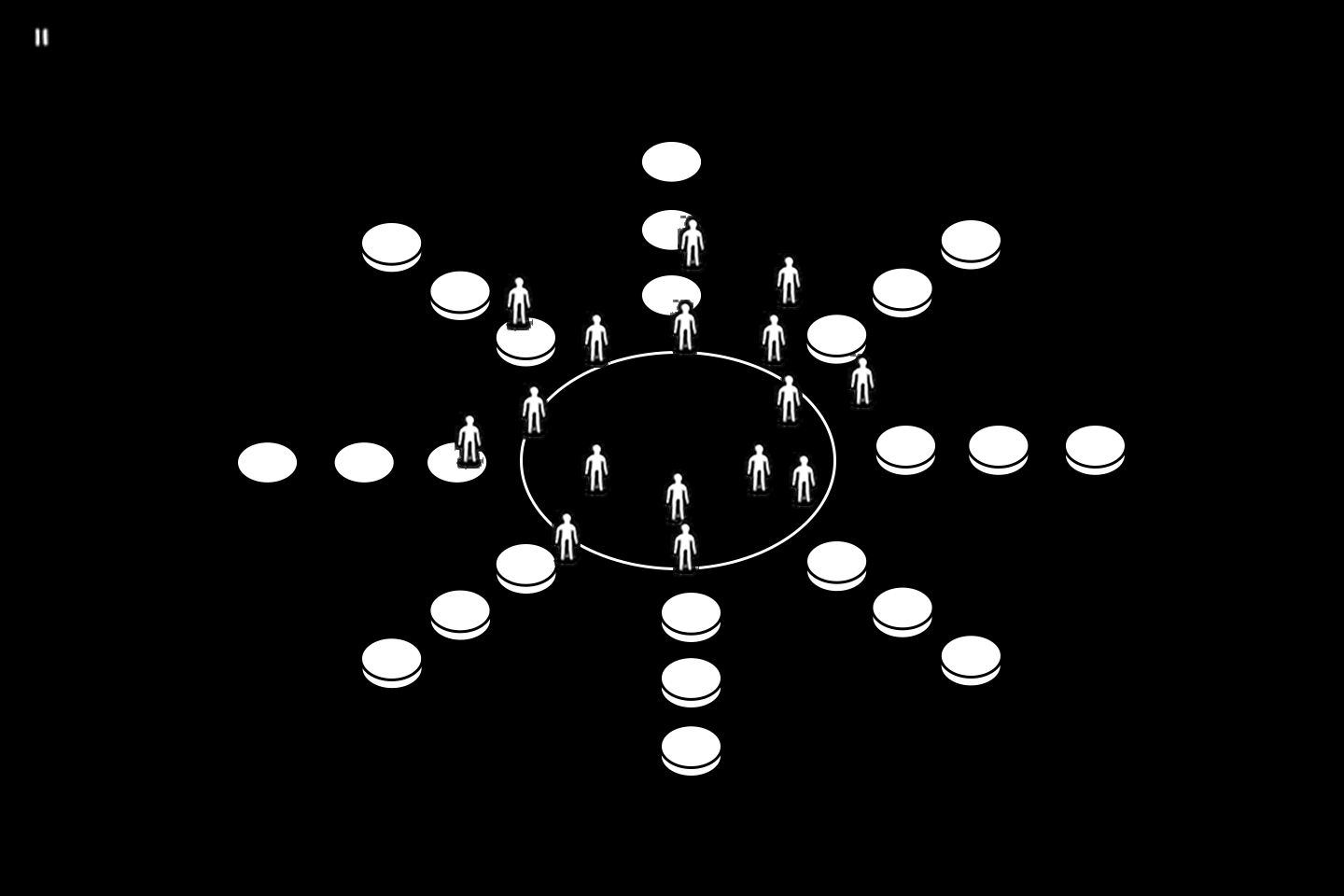
Research for a UI.
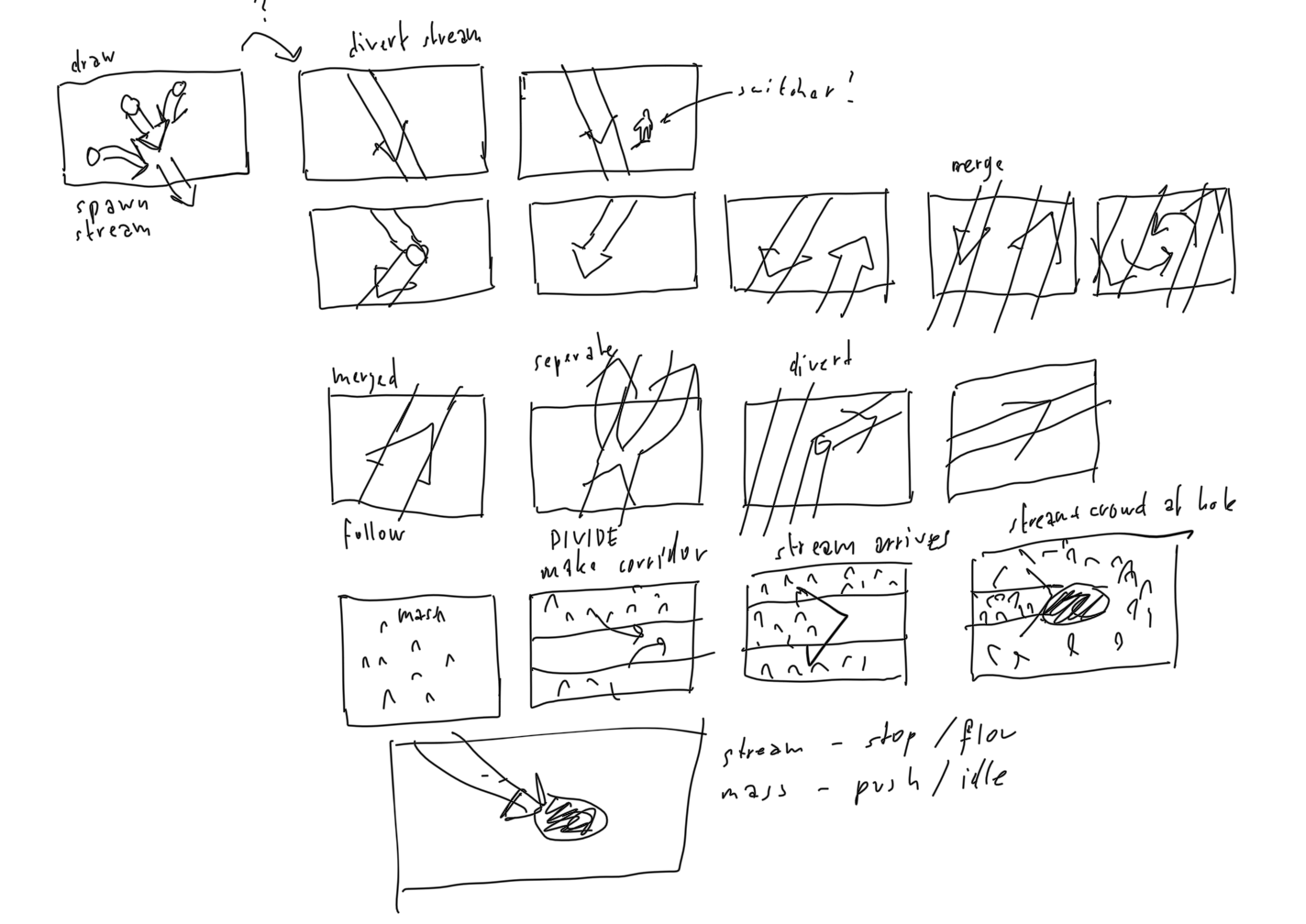
Turning, splitting and merging streams.
Another test of how the characters could enter the world.
Character as switch.
Running.
Never-realized t-shirt designs.
We planned the first public show of the project at the Museum of Digital Art (MuDA) in Zürich. We showed a version of the game and an interactive projection, as well as artefacts of the process and the characters in a physical form. The prototype for the puppet was designed by the skilled hands of Irmgard Waltert, and a batch of mannequins numbered 1-100 was produced by a local sheltered workshop.
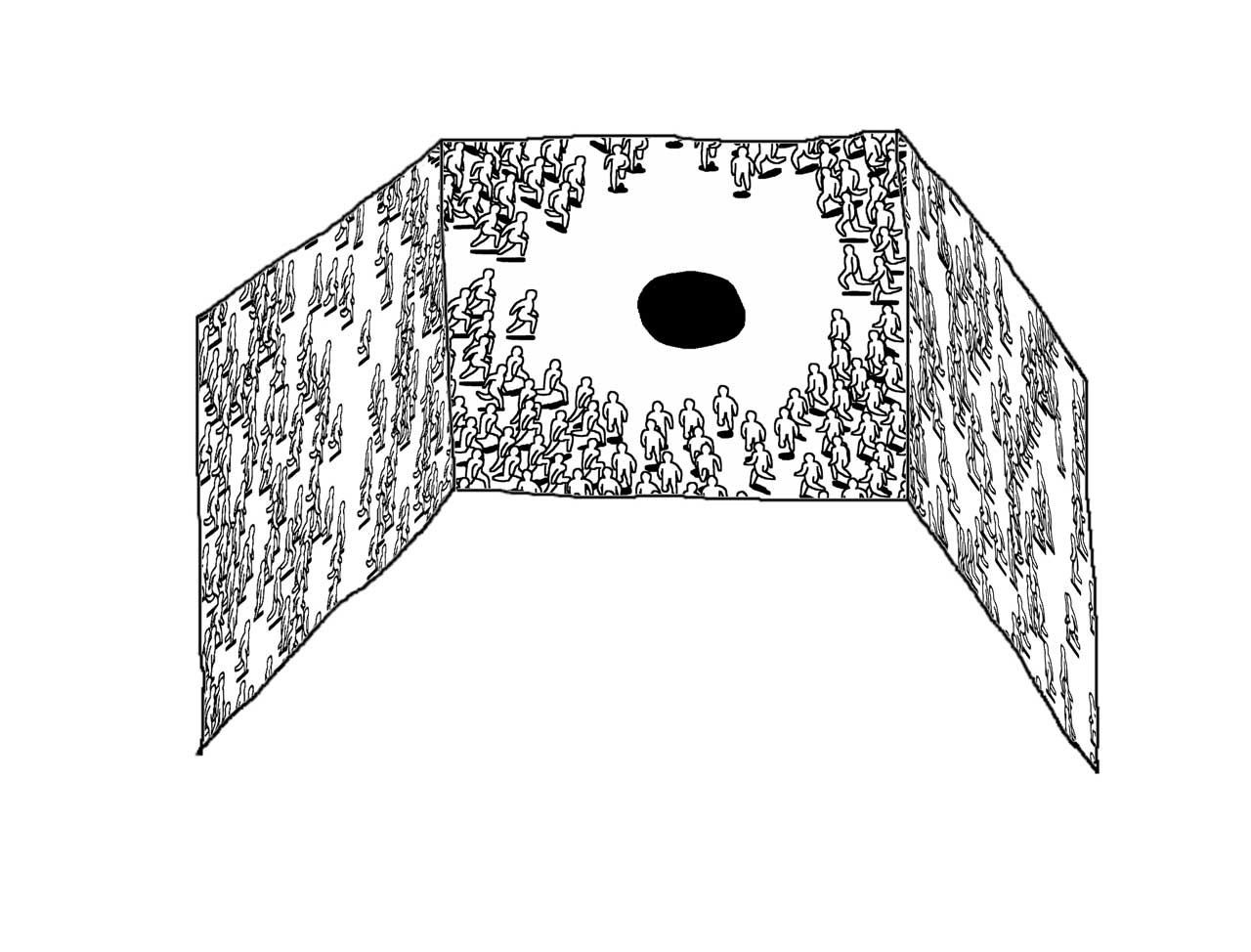
Concept drawing for projection.
Experimenting with body tracking.
After experimenting with body tracking, we decided to simplify the interaction: instead of tracking the spectators' movement in front of the projection, we only tracked the number of people in the room. We wanted people to watch and experience the space, not trying to wave their arms to get feedback.
Continue to 2018










